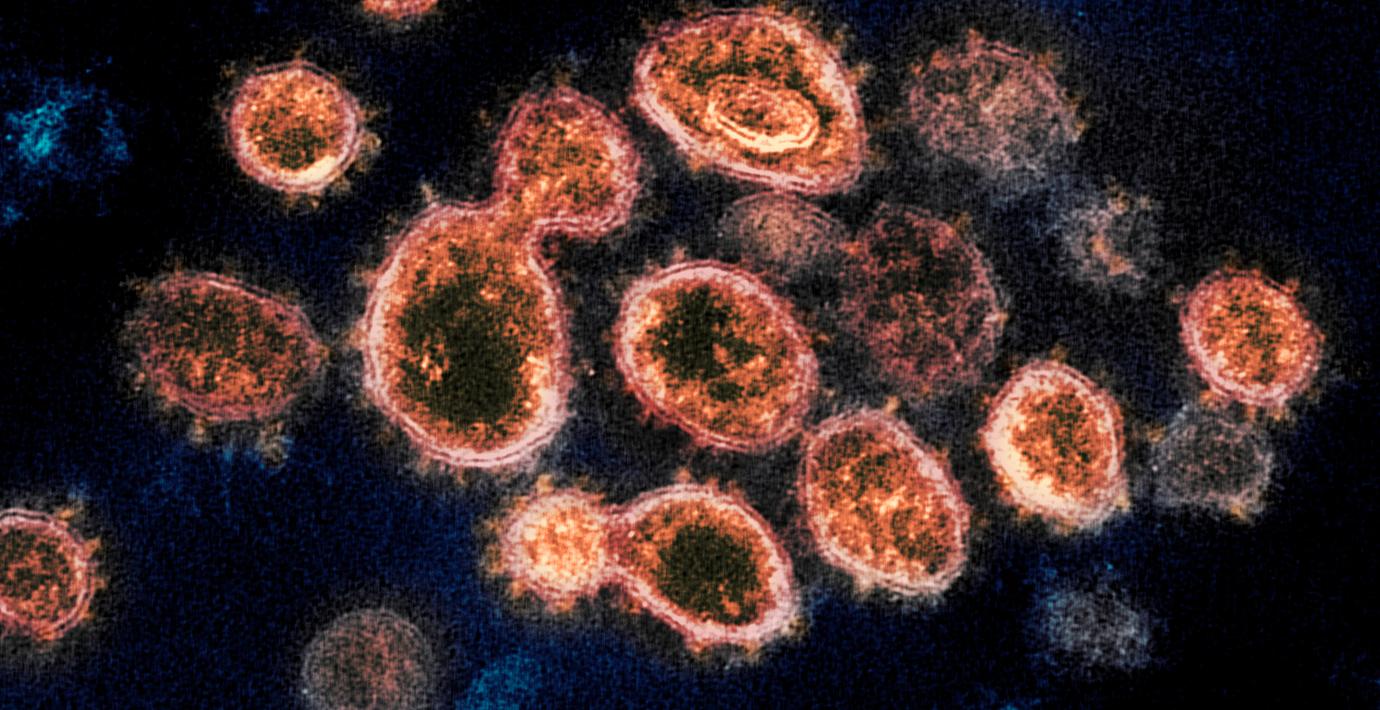
Expert: Infektion och en dos ger ett ”superskydd”
Att ha haft sjukdomen och sedan få en dos vaccin ger det bästa skyddet mot covid-19. Det säger Marcus Buggert, biträdande lektor vid Karolinska institutet, till TT.
Enligt Buggert ger två doser av de så kallade mRNA-vaccinerna – till exempel Pfizer-Biontech och Moderna – ett bättre skydd än att ha haft sjukdomen. Orsaken är att vaccinerna ger så pass höga nivåer av antikroppar. Sjukdomen resulterar dock i mer T-celler.
– Antagligen får du ett tillräckligt bra skydd (av vaccin) för att slippa svår sjukdom. Men det bästa, som sagt, är att ha haft sjukdomen och sen ta en dos. I så fall får du ett superskydd, för i så fall får du både det här lite bredare skyddet och höga antikroppsnivåer, säger Buggert.
bakgrund
T-celler
Wikipedia (en)
A T cell is a type of lymphocyte. T cells are one of the important white blood cells of the immune system and play a central role in the adaptive immune response. T cells can be easily distinguished from other lymphocytes by the presence of a T-cell receptor (TCR) on their cell surface.
T cells are born from hematopoietic stem cells, found in the bone marrow. Then, developing T cells migrate to the thymus gland to mature. T cells derive their name from this organ where they develop (or mature). After migration to the thymus, the precursor cells mature into several distinct types of T cells. T cell differentiation also continues after they have left the thymus. Groups of specific, differentiated T cell subtypes have a variety of important functions in controlling and shaping the immune response.
One of these functions is immune-mediated cell death, and it is carried out by two major subtypes: CD8+ "killer" and CD4+ "helper" T cells. (These are named for the presence of the cell surface proteins CD8 or CD4.) CD8+ T cells, also known as "killer T cells", are cytotoxic – this means that they are able to directly kill virus-infected cells, as well as cancer cells. CD8+ T cells are also able to use small signaling proteins, known as cytokines, to recruit other types of cells when mounting an immune response. A different population of T cells, the CD4+ T cells, function as "helper cells". Unlike CD8+ killer T cells, these CD4+ helper T cells function by indirectly killing cells identified as foreign: they determine if and how other parts of the immune system respond to a specific, perceived threat. Helper T cells also use cytokine signaling to influence regulatory B cells directly, and other cell populations indirectly.
Regulatory T cells are yet another distinct population of T cells that provide the critical mechanism of tolerance, whereby immune cells are able to distinguish invading cells from "self". This prevents immune cells from inappropriately reacting against ones' own cells, known as an "autoimmune" response. For this reason, these regulatory T cells have also been called "suppressor" T cells. These same regulatory T cells can also be co-opted by cancer cells to prevent the recognition of, and an immune response against, tumor cells.
Omni är politiskt obundna och oberoende. Vi strävar efter att ge fler perspektiv på nyheterna. Har du frågor eller synpunkter kring vår rapportering? Kontakta redaktionen



